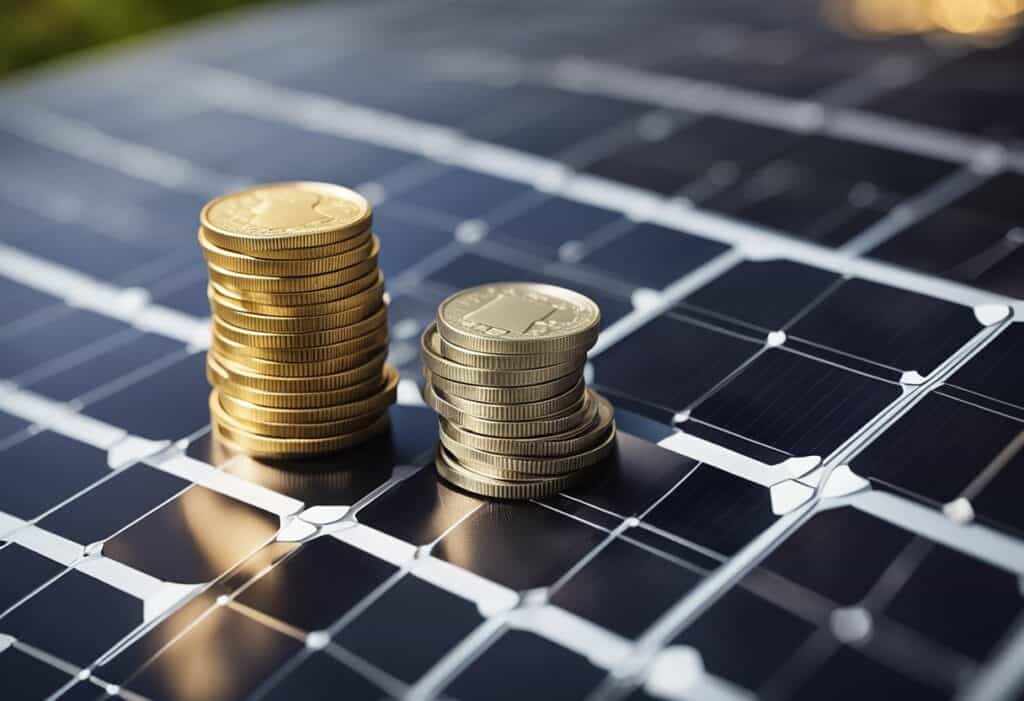What are the Top Solar Tax Credits and Incentives You Can Claim in Australia in 2025?
Are you planning to install solar panels in 2025? In Australia, solar energy is not just a smart way to reduce electricity bills

Are you planning to install solar panels in 2025? In Australia, solar energy is not just a smart way to reduce electricity bills but also comes with various financial benefits. Thanks to government incentives and rebate programs, solar installations are becoming more affordable, helping Australians embrace sustainable energy solutions.
Read on this blog to learn the top solar tax credits, rebates, and incentives available in Australia in 2025, along with practical tips, do’s and don’ts, and FAQs to ensure you maximize your savings.
Small-scale generation is provided by STCs issued by the Federal Government of Australia to support solar energy. These certificates have the effect of lowering the initial cost of establishing solar power and other renewable energy systems.
1. Work with a Clean Energy Council (CEC)-accredited installer.
2. The installer typically applies the STC rebate as a discount on your upfront cost.
3. Ensure your system meets all eligibility criteria, including approved components.
Federal rebates aside, most Australian states and territories provide extra incentives for those who install solar systems: homeowners and businesses alike.
Tip: You should visit your state’s energy site to consider information regarding newest incentives as well as the qualification criteria.
Feed-in tariffs mean that people receiving electricity from solar panels will be paid for any excess electricity they sell back to the grid.
1. Choose an energy provider with competitive feed-in rates.
2. Ensure your solar system is connected to the grid.
3. Monitor your system’s output to maximize exports.
Pro Tip: Consult for the feed-in tariffs of different providers to know which tariff rate is most suitable for your region.
The solar batteries are common in the Australia, and there are several rebate programs that make its use possible.
Examples:

Numerous local councils throughout Australia provide solar rebates in different forms in a bid to make solar installations cheap, for instance interest-free loans or group buying schemes.
Examples:
Do’s | Don’ts |
Research federal, state, and local programs | Assume all programs apply to your situation |
Work with a CEC-accredited solar installer | Install non-accredited systems |
Keep all receipts and documentation | Forget to compare feed-in tariffs |
Monitor eligibility criteria and deadlines | Overlook local council incentives |
This makes 2025 the right time to go solar in Australia due to solar incentives and rebates. These programs can decline your expenses and improve the profitability of your investment whether you are installing panels for the first time or adding batteries to your existing systems.
Begin your search today and take a step further to energy independence and sustainability.
1. Can I claim incentives for a rental property?
Yes the landlords can claim for solar rebates for rental properties but the condition solely varies depending on the program that is available.
2. In particular, is there the federal STC rebate on solar batteries?
No, the STC rebate only can be claimed on solar PV system. However, some states such as South Australia and Victoria allow bonus rebates on solar batteries alone.
3. How would I be able to know whether my solar installer is an accredited one or not?
It is advisable to locate the accredited installers list on Clean Energy Council and only consider companies those installing solar systems that qualify for rebates.
Are you planning to install solar panels in 2025? In Australia, solar energy is not just a smart way to reduce electricity bills
Solar panels are a smart way to save money on your energy bills and help the environment.
Power outages can pop up out of nowhere because of stuff like bad weather, accidents, or even just routine maintenance.
Power outages can pop up out of nowhere because of stuff like bad weather, accidents, or even just routine maintenance.